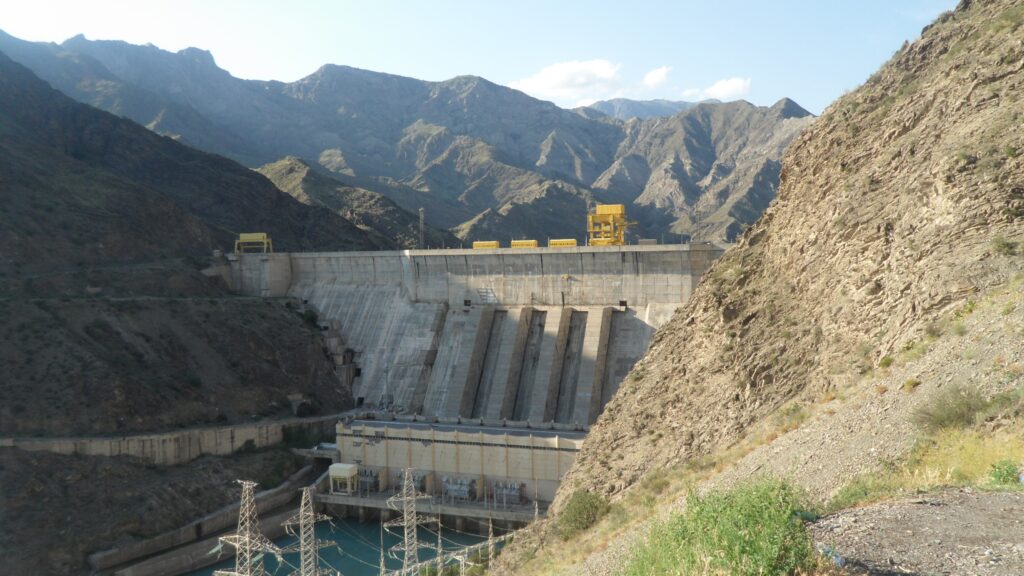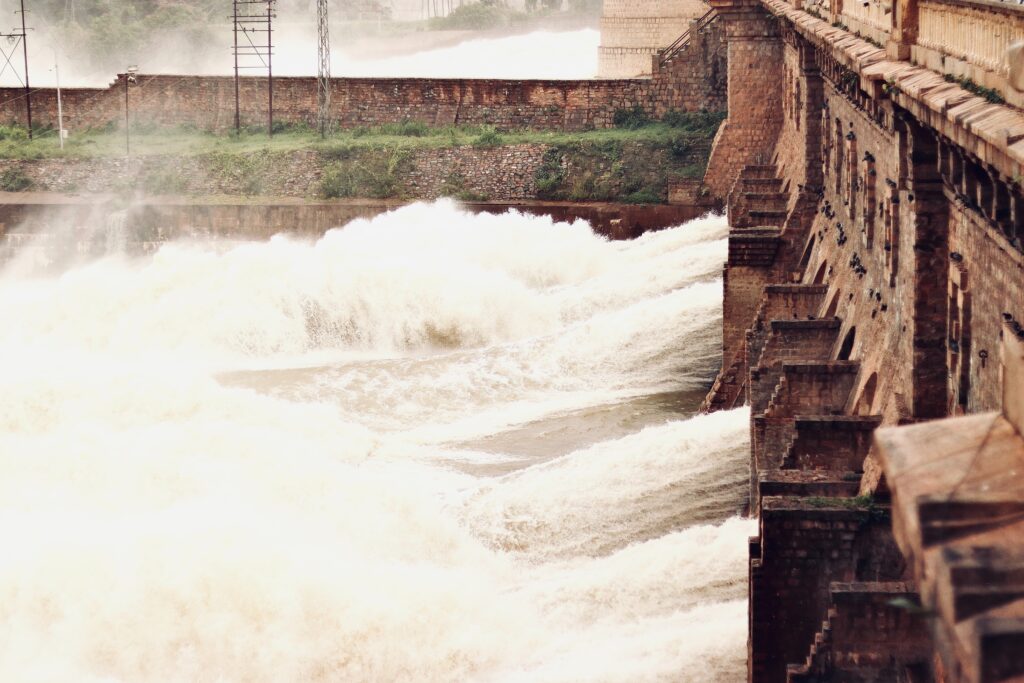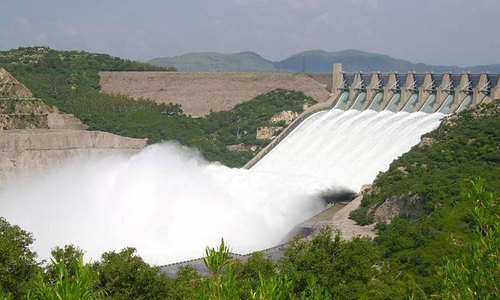According to a Water Aid report released in mid-2018, Pakistan is one of the 36 most water-stressed countries and among the top 10 countries, with most of the population living without clean drinking water. At the moment, about 16 million people in Pakistan have no other option than to collect unsafe water for drinking and cleaning, leading to massive amounts of water-borne disease.
Dams could serve as an estuary to store colossal water; they are used for human water consumption to irrigate arid and semiarid lands, economic growth, and produce hydroelectric power.
Wheat is the primary crop; most of Pakistan’s agriculture and GDP depends on it. Due to low water level, the corp doesn’t even get more water to grow up well. The compelling idea behind building more dams is storing huge amounts of water, maintaining the country’s energy demands, and balancing its current energy mix.
The dams are used to generate hydroelectric power by taking advantage of the high discharge of floodwater coming from the storms, heavy snowmelt at the mountains, or to extend the depth of river for navigation the ships and barges transportation.
Furthermore, an increase in the hydropower capacity will reduce the burden of oil imports for running thermal plants, help meet the country’s emission-reduction targets, and contribute towards the realization of the landmark Paris climate agreement. Pakistan depends only on one river system that’s originating outside the borders and feeds by the Himalayan Snow-melt highly vulnerable to global climate change.

Pakistan has minimal water storage capacity compared to Indian dams that can save a maximum of 220 days of water, and the U.S. or Australian Dam can save quite 900 Days of storage capacity.
So what should be done about it?
The recommendation Given by FODP (Friends of Democratic Pakistan) is to resume work (after 40 years) on a platform of significant infrastructure. Translates into building Dams and 1st on the list will continue work on Diamer Bhasha Dam in the Gilgit Baltistan.
The project has been critically supported by the Govt of Pakistan, but we have a severe lack of institutional and pricing reforms in dam construction. This project had cost a minimum of 12$ Billion when planned and needed the support of external stakeholders, particularly international financial institutions like the International Bank for Reconstruction and Development and the Asian development bank.
However, the project has much lingered, and now the development cost has spiked to around $15 billion. As far as the Kalabagh Dam was concerned, it had been believed to supply 6 MAF of storage alongside 3,600 MW of power production, irrigation benefits, and improved flood management.
What does the research say?
The reports of FODP say that Pakistan’s withdrawal of development assistance for building dams has been devastating for both water productivity and security.
The World Bank website enlists a decision to support smaller projects worldwide like the extension of hydroelectric power projects at the Tarbela Dam and agriculture improvement projects; it is widely believed that the high cost and complexity of the Diamer Basha dam has gone to paralyze.

This provokes a question: if the IFI’s is no longer willing to support the type of “massive infrastructure” like the dams? And at what options the developing countries are left with such severe constraints to their development projects? Do the environmental risks and human impacts of dam/reservoir construction outweigh the dramatic benefits a project like this can provide? If so, can the sum of advantages of small development projects exceed the advantages afforded by one big one?
While the answers to those questions aren’t clear, one thing is the need for more dialogue for Diamer Basha, with little progress toward resolution. The experts hope that within the context of somewhat calmed relations between the U.S. and Pakistan, the key actors – mainly the IFI’s – will take the chance to reengage in a conversation that attempts to provide a couple of these answers.
If ‘no dams’ is taken as the nationally-agreed-upon option, the country will face the uphill task of launching a national integrated water conservation and management program on an urgent basis. The program will have some essential components, including a watershed-management drive, floodplain management, and wetlands restoration strategy, and broadcasting high-efficiency irrigation schemes across the country.
This great debate of dam versus no dam has recently taken a serious turn with the landmark approval of the primary national water policy highlighting several strategic initiatives at both the federal and provincial levels. The approach is predicated on the principle of integrated water resources management. Thus, it has something for both sides.
It is the exact time to set aside from disagreements and take on the mantle of responsibility to fulfill the requirements of adequately implementing this policy and paving the way for a better, sustainable, and water-secure Pakistan.
References:
- www.tradecommissioner.gc.caWeb results Overview of International Financial Institutions (IFIs)
- mofa.gov.pk › meeting-of-fodp-wo…Meeting of FoDP Working Group on Institution Capacity Building …
- www.cgdev.orgWeb resultsCenter For Global Development |


